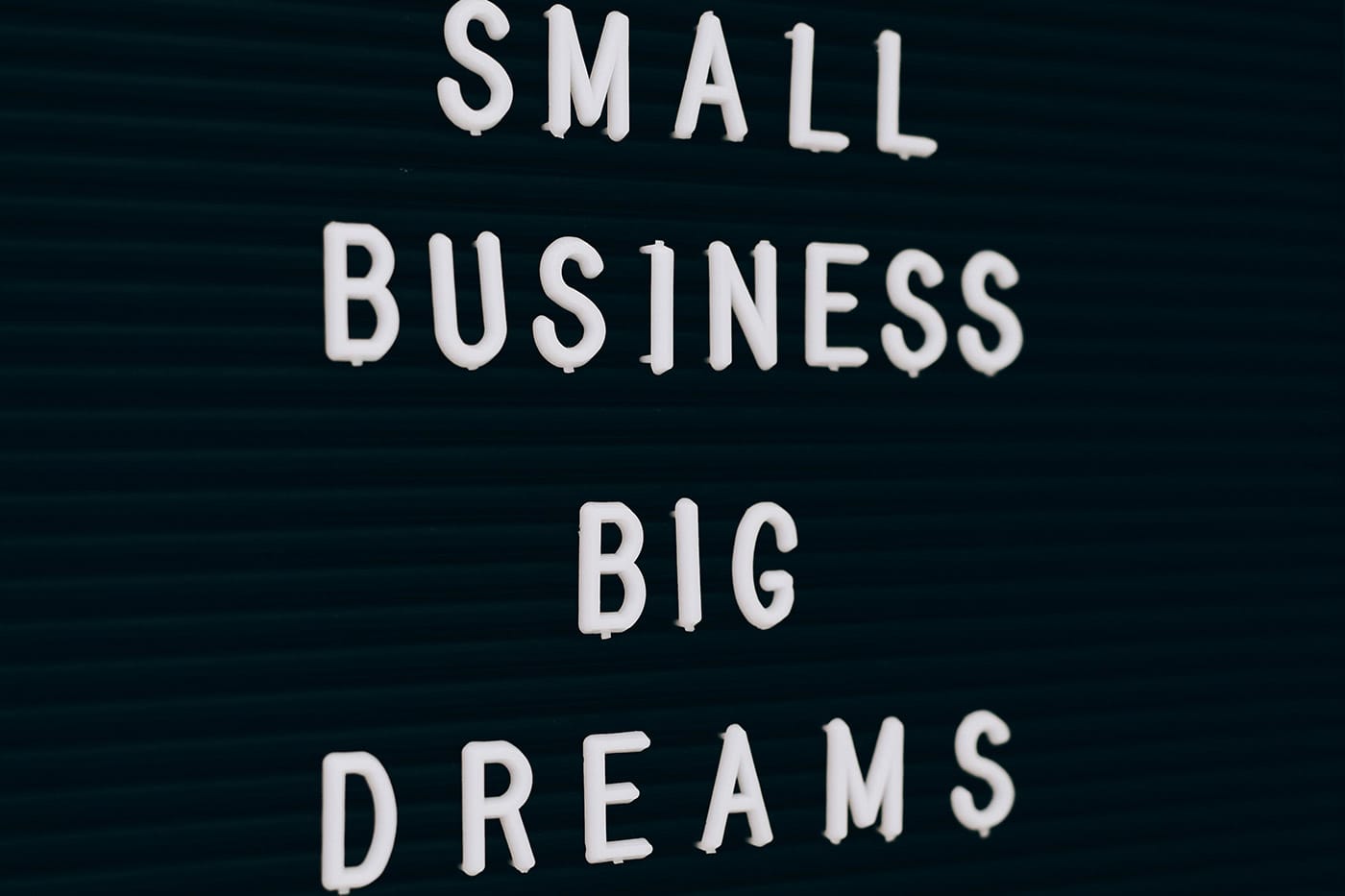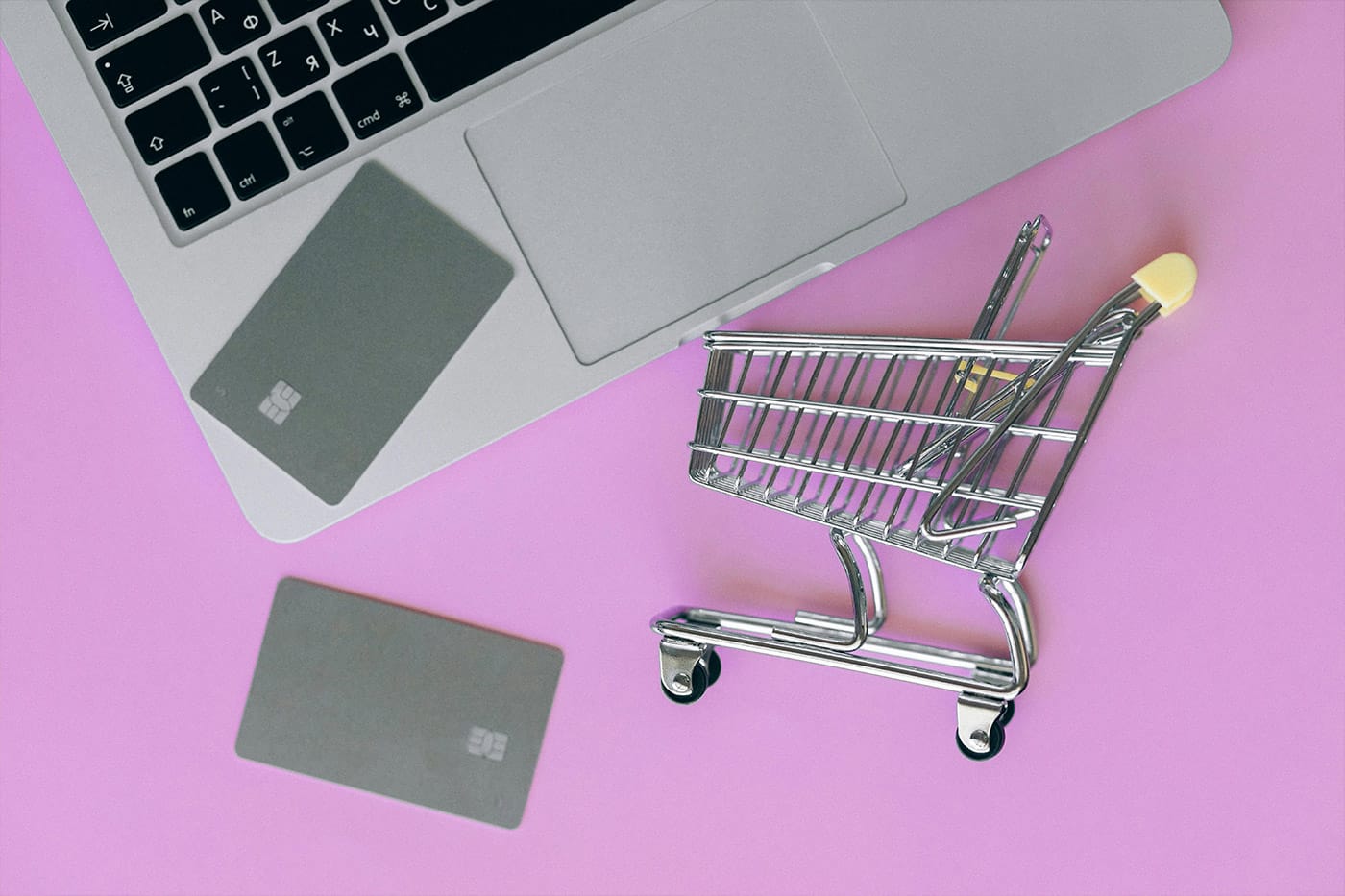Whilst the numbers vary slightly between solar energy specialists, they all agree that businesses are losing money by not utilising solar energy. Smaller businesses could be throwing away at least £1500 every year? And that’s the rough figure bouncing around for the minimum saving. That’s money that could be strengthening your bottom line instead of evaporating into thin air.
With solar panels installed, you could be looking at reducing your electricity costs by anywhere from 50% to 90%. Many businesses find they’ve recovered their initial solar outlay in just a few years and after that point, you’re generating free electricity.
What exactly does this mean for your company? Well, that’s what we’re about to explore. This guide cuts through the jargon to examine the pros and cons of business solar panels in the UK. You’ll hear about which financial incentives you can take advantage of, and how to develop a practical plan to make solar work for your specific business needs.
The Cost of Delaying Solar Panel Installation for Business
Rising energy prices and their impact on your bottom line
Are your profits being silently eroded every day you put off adopting solar energy for your business? Despite some recent drops in wholesale energy prices, your business energy bills are still higher than before the crisis hit, with typical small businesses shelling out several thousands more per year than they did pre crisis. This isn’t just a temporary blip either as experts are projecting these elevated costs will stick around.
These stubborn energy costs can do real damage to your operational capabilities. Businesses across the UK report that these high energy bills are making them less competitive and directly point to energy expenses as the culprit eating away at their profit margins. This means businesses have no choice but to increase their prices for products and services simply to cope with rising energy costs.
Calculating your current energy expenditure
To really understand what electricity is costing your business, you’ll need to examine your historical usage and bills:
- Identify your total kilowatt-hours (kWh) usage from your current bills
- Multiply your kWh by your suppliers’ cost for electricity.
- Add supplementary charges and standing fees
It’s good to understand the basic way to calculate your usage but most suppliers offer you multiple ways to review your energy usage via apps and smart meters. Your energy consumption comes down to the specific devices and equipment running throughout your premises. Understanding these patterns is valuable, not least because businesses that maintain steady, efficient consumption patterns can actually often qualify for better energy supply rates.
The opportunity cost of waiting another year
A consideration about postponing solar panel installation is it carries what economists call an “opportunity cost,”. For every year you delay, you continue handing over money for increasing utility bills with no ‘return on investment’ (ROI). You’re also missing the chance to cut utility costs.
As worldwide demand for green energy continues to boom, the cost of waiting to invest in on site solar power is expected to increase. A change now could lock in today’s rates and create a shield against future inflation for your business.
Understanding Commercial Solar Panel Costs and ROI
Commercial solar panel costs have dropped to some of their lowest prices, making solar energy for your business more accessible than before. Getting this investment right means understanding both what you’ll pay upfront and what you’ll get back over time.
Initial investment for different business sizes
What you’ll pay for business solar panels in the UK varies quite a bit based on how large and complex a system you need. If you’re running a small to medium sized business requiring a 30kWp system, you should budget between £30,000 and £45,000. Labour typically makes up a big chunk of these costs, followed by equipment quality and the condition of your roof. Look at a few suppliers, look at their costs against your usage to identify the size of the system you’ll likely need. Better still, get them to survey and quote but make sure you get a detailed breakdown so you can then compare between providers and ensure its fit for purpose.
Calculating your payback period
The payback period, this is the time when your accumulated savings match what you spent initially and generally falls between 5 and 7 years for commercial installations, although could be less.
Calculating your specific payback period is straightforward enough:
Net solar system cost ÷ Annual energy savings = Payback in years.
For instance using a very simplistic example, if you invest £50,000 in a system that saves you £10,000 annually (£8,000 from lower bills plus £2,000 from selling excess energy), your payback period would be 5 years. Your savings figure is your key to understanding the true payback period.
Long term financial benefits beyond the break even point
Commercial solar systems continue delivering financial returns throughout their 25-30 year lifespan, so you’ll then benefit from returns on your investment (ROI).
Once you’ve reached your payback point, your system keeps generating what’s essentially free electricity for another 20+ years and after 25 years, these panels still maintain about 85% of their original energy output.
Beyond just cutting your utility bills, commercial solar provides protection against energy price volatility, boosts your property value, and can create additional income through selling excess electricity via the Smart Export Guarantee scheme.
Financial Incentives Making Solar Panels for Businesses UK More Affordable
Financial incentives exist to entice businesses to move to solar energy. Once you understand these properly, the sizable investment becomes much more appealing. These incentives can cut upfront costs and speed up how quickly you’ll see returns.
Tax benefits and write offs
The Annual Investment Allowance (AIA) is a valuable tax incentive, allowing eligible businesses to deduct up to £1 million of solar panel installation costs from your taxable profits. With corporation tax currently sitting at 25%, this is a substantial saving.
That’s not all. The 50% First Year Allowance scheme lets you deduct half the cost of solar installations from taxable profits in the first year, with the remaining 50% written down at 6% annually in subsequent years up to March 2026
Government schemes and grants
The UK government committed almost £5 billion in funding to help businesses become more environmentally friendly as part of their commitment to reach net zero emissions by 2050. Various government schemes are offering loans, grants and subsidised energy saving measures specifically designed for businesses making the switch to renewable energy.
Smart Export Guarantee (SEG) payments
Through the Smart Export Guarantee scheme, your business can actually earn money by selling surplus electricity back to the grid. It’s a government backed initiative that requires electricity suppliers to pay businesses for their low carbon electricity exports.
To get these payments, your installation must be certified through the Microgeneration Certification Scheme and have a metre capable of providing half hourly export readings. Your payments are calculated based on your export metre readings, with tariff rates guaranteed to be above zero, Different suppliers offer different SEG tariffs, so it’s worth shopping around as both rates and contract terms can vary considerably.
Creating a Practical Solar Energy Business Plan
Getting your solar energy business plan right isn’t complicated, but it does require careful thought. When done properly, your strategy ensures you’ll maximise returns while keeping risks to a minimum.
Assessing your energy needs and roof space
Start by analysing your electricity consumption patterns through an energy audit. This helps determine the ideal system size for your particular business needs. Have a look at your utility bills to identify monthly and annual usage patterns.
Your roof’s suitability is crucial though you might be surprised to learn that perfect conditions aren’t always necessary for worthwhile returns. The optimum roof faces south with a 30-40 degree slope and minimal shading, but other types can still perform brilliantly. Measure your available space and check your roof’s structural integrity and it must be able to support the additional weight of the panels.
Financing options: purchase vs. lease vs. PPA
You’ve got three main approaches to financing your business solar energy:
- Capital Expenditure (CapEx): Buying outright delivers the greatest ROI from day one and fully benefits from available tax incentives.
- Asset Finance: This solution gets your business the solar energy without having to put up the investment, protecting funds required for your business and cashflow. .
- Power Purchase Agreements (PPA): Want solar with zero upfront investment? The provider installs, owns, and maintains the system while you purchase the electricity at around 40-60% below grid rates
Building a timeline for implementation and ROI
Commercial solar installation often takes 6-12 months from start to finish. Most businesses reach their payback point within 4-5 years and your system continues generating returns afterwards. Once installed, your solar panels need remarkably little maintenance whilst providing more than 20 years of green energy savings.
Conclusion
Business solar energy is a practical path to genuine cost savings and sustainable growth. You’ll save and build a shield against unstable energy costs that continue hammering UK businesses across the board.
After you break even, your solar panels keep producing what amounts to free electricity for two more decades. The financial case gets even stronger when you factor in Smart Export Guarantee payments, those impressive tax benefits, and the variety of financing options that make solar accessible regardless of your current capital situation.
Solar offers a tangible solution with proven returns while simultaneously reducing their carbon footprint. With thoughtful planning what begins as a significant outlay can become a valuable asset for your company’s long term prosperity.








